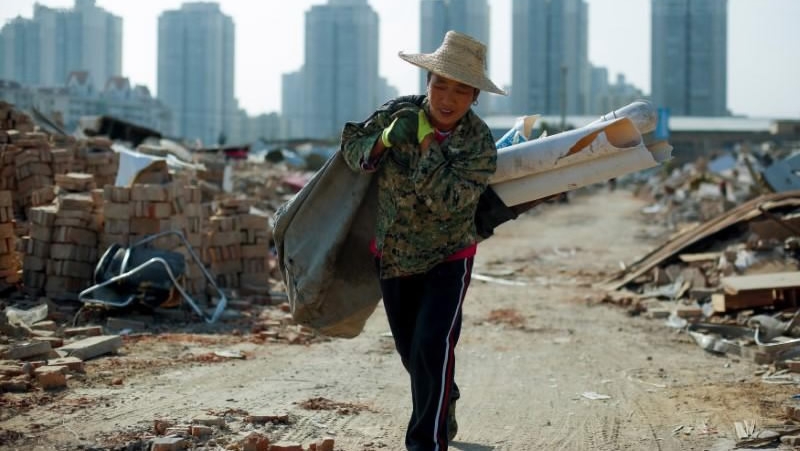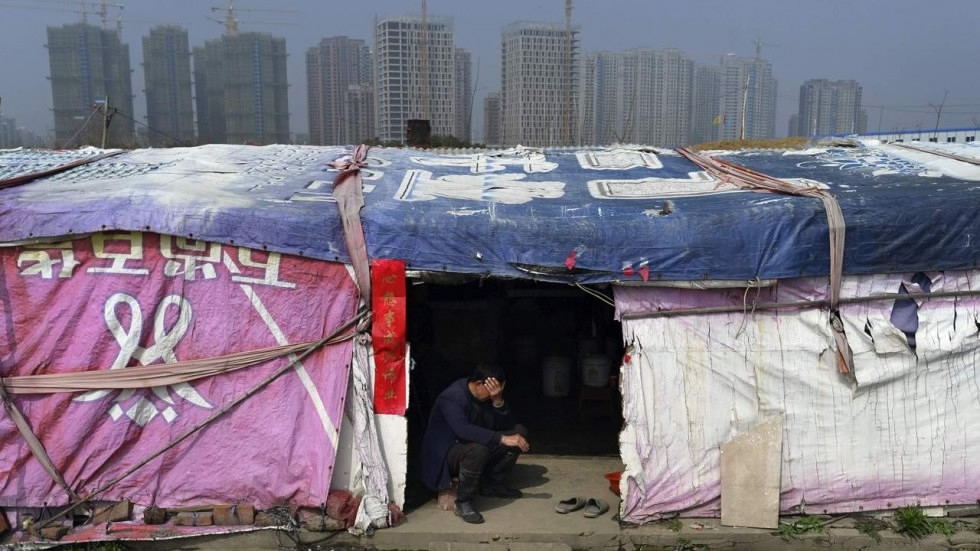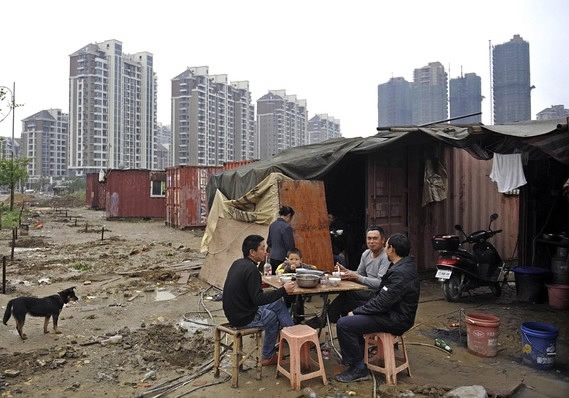
Business
23:12, 05-Jan-2018
What we talk about when we talk about 'precise poverty alleviation'
CGTN's Yang Yutong and April Ma

Chinese President Xi Jinping has pledged to fully eradicate poverty by 2020, and since the term “precise poverty alleviation” was coined in 2013, the central government has spearheaded drives targeting the truly needy across the country, tailoring solutions to lift millions out of destitution.
But what does the term really mean, and how can China, with its vast diverse economic and geographic circumstances, hope to reach each of the millions of the poor and bring deep changes in their lives through individualized solutions? And is it really reasonable to expect that poverty will be wiped from the nation in just three years’ time?
Here are some things that may help answer these questions.
What does 'precise poverty alleviation' actually mean?

Reuters Photo.
Reuters Photo.
The idea was proposed by President Xi during a visit to a poor county in central Hunan Province in November 2013. “Targeted measures should be made based on practical situations, and empty slogans should be avoided,” said Xi.
The following year this was incorporated as a top-level policy, and in the following months Xi provided more detailed explanations of what the term means and entails with clearer criteria and definitions of poverty, customized procedures and programs, with the policies to support them.
Two years later in 2015, on a visit to Guizhou, he elaborated on six aspects of “precision” in poverty alleviation – precisely identifying those who are truly poor, designing custom-made aid projects to cater according to their needs, making sure financial aid is used where it will bring about the largest difference, ensuring that no regions or impoverished households go overlooked, ensuring that each poverty-stricken area has designated officials to carry out measures, and providing clear-cut standards to determine if goals have been met.
How precisely will measures be carried out in practice?

Reuters Photo
Reuters Photo
Huang Chengwei, director general of the National Poverty Alleviation Publicity and Education Center, gives an example why each of these six facets are important.
"Say there are 100 households in a certain village in northern China. The first step is to first identify those who are in most urgent need of aid out of the 100. In order to do so, we will carry out a democratic appraisal, and then get confirmation from the township and higher-ups. Say we identify 50 of them as poor households.
After they are earmarked to receive aid, we will draw up a clear plan of how to help these families out in the long run. In the past, we might have simply offered all 50 households sheep as a means of income. But that kind of support is a kind that is not made to measure, because these 50 households may suffer from poverty for starkly different reasons.
Some may lack income or funding to jump-start a business, some may lack education and others may be ill and therefore unable to support themselves – and supplying livestock will do them only so much good.
Instead, we need to find out the problems that are bogging these households down financially, assigning cadres and setting up a task group from outside the village to assess and assist.
As a follow-up, there will need to be a clear and fixed set of standards to evaluate whether our goals have been achieved. We also need a systematic process to precisely utilize the resources, manage the programs, publicize the information and evaluate the results, all to ensure that resources are not wasted, and the poor are truly offered a better chance.

Reuters photo.
Reuters photo.
In 2015, President Xi Jinping proposed “five methods of poverty alleviation”: promoting local industry, relocation, offering eco-compensation, education and training, as well as social security payments.
Liu Yongfu, director of State Council Leading Group Office of Poverty Alleviation and Development, says emphasis on more effective and precise aid will alter each of these common practices.
In terms of promoting local businesses and developing industry, local authorities must be prudent in selecting the sectors to develop, and finding the types of businesses that best suits their conditions while pursuing profit, and avoid a herd mentality, with neighboring villages all rushing go into the same area, choking each other.
The responsibility of the government in this case is to provide services and foster the market by issuing loans, offering training, and often taking lead in developing the Internet and organizing e-commerce.
Other times, the impoverished are living in an area that does not facilitate growth, such as in mountainous areas or those with harsh climates. This calls for relocation, helping these families migrate to a place with friendlier conditions.
In 2016, China relocated 2.4 million people; in 2017, 3.4 million, a total of 5.8 million in two years. Some 2.8 million are planned to be relocated in 2018.
“We need to take care of the poor in terms of education, healthcare, industrial development, etc. Our goal is not merely to get them out of poverty, but also offer them sustainable development which enables them to live a good life forever after being lifted out of poverty,” Liu said.

SITEMAP
Copyright © 2018 CGTN. Beijing ICP prepared NO.16065310-3
Copyright © 2018 CGTN. Beijing ICP prepared NO.16065310-3